Order Online
Install Guide
There are a number of risks of a DIY gutter guard installation, especially if you are inexperienced. As well as safety issues, a faulty guttering system can pose as a serious risk to the home appearance and structural integrity.
Installing new gutter guard means working at heights and using a ladder. Most people killed or injured due to ladder related injuries were doing maintenance around the home.
Please read the step-by-step install guide.
You can download a copy of our install guide for easy reference.
Working at heights on slippery uneven surfaces can be very HAZARDOUS.
Every effort should be made at all times to reduce the risk of injury and property damage
(Contact your local WorkCover Authority or local council for site specific safety regulations)
WHEN ENGAGED IN WORK AT HEIGHTS











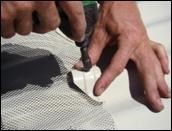
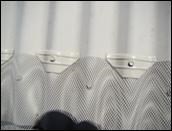

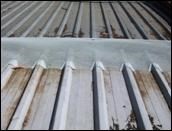
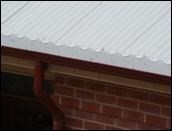

METAL RIDGE ROOF CAPPING
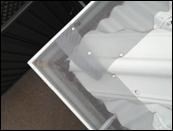
CORRO IRON VALLEYS
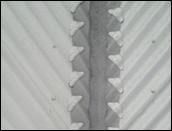

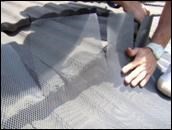

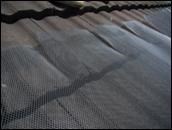
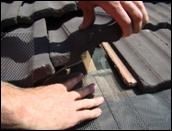
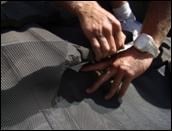
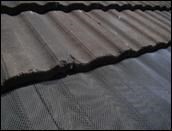
HIP ENDS OR STARTER CAPS
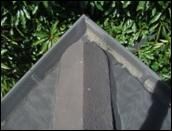
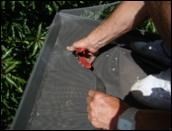
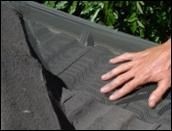
TILED VALLEYS
There are photos of the 3 step process however we recommend this job to be taken on by a competent installer, if you would like more information please enquire online and we can help.
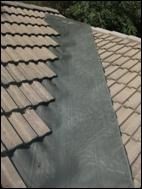

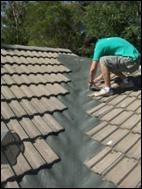
In most cases debris will clear off the roof with the wind. In areas of high levels of debris you may need to gently sweep or blow it off the roof. If your gutters have the correct fall dirt and small particles will flush out with the rain, if this is not the case you may need to flush the gutters. Please note that the mesh on your roof can be very slippery, do not walk on the mesh to reduce chance of damage and a fall.